Easy 4th Grade Science Fair Project Ideas
Our list of unique science projects is a sure winner when sourcing ideas that are appropriate to the 4th grade learner. Science is a vital component of STEM-based activities and our top 30 project ideas are sure to increase creativity, develop critical thinking abilities as well as effective communication and collaboration skills.
1. Flashlight Creation

Discover simple electric circuit rules when creating this nifty paper flashlight! This project is the perfect experiment for kids as it's sure to highlight the science behind batteries.
Learn more: Flashlight Creation
2. Lemon Volcano

Have a blast creating this erupting lemon volcano! By using average household supplies, 4th graders discover the properties of both acids and bases and learn how the interaction between them causes a chemical reaction.
Learn more: Lemon Volcano
3. Earthquake Simulation

Set a dish of jelly and then go about building a structure on it. Upon completion of the structure, wobble the dish so that the jelly shakes and disrupts the structure- in turn demonstrating the science of seismology.
Learn more: Earthquake Simulation
4. Design a Hovercraft

Time after time, this proves to be one of the best experiments for demonstrating the power of the air. Unveil properties of friction and air pressure as you design a floating hovercraft!
Learn more: Design a Hovercraft
5. Make a Microscope

A cause for STEM excitement! This wonderful project demonstrates how water droplets curve to create a convex lens and in turn, refract light and magnify objects.
Learn more: Make a Microscope
6. How Chameleons Change Color
Create a mesmerizing color show as an interactive poster that demonstrates how chameleons change color ass the middle wheel spins.
Learn more: How Chameleons Change Color
7. How Your Body is Similar to a Car
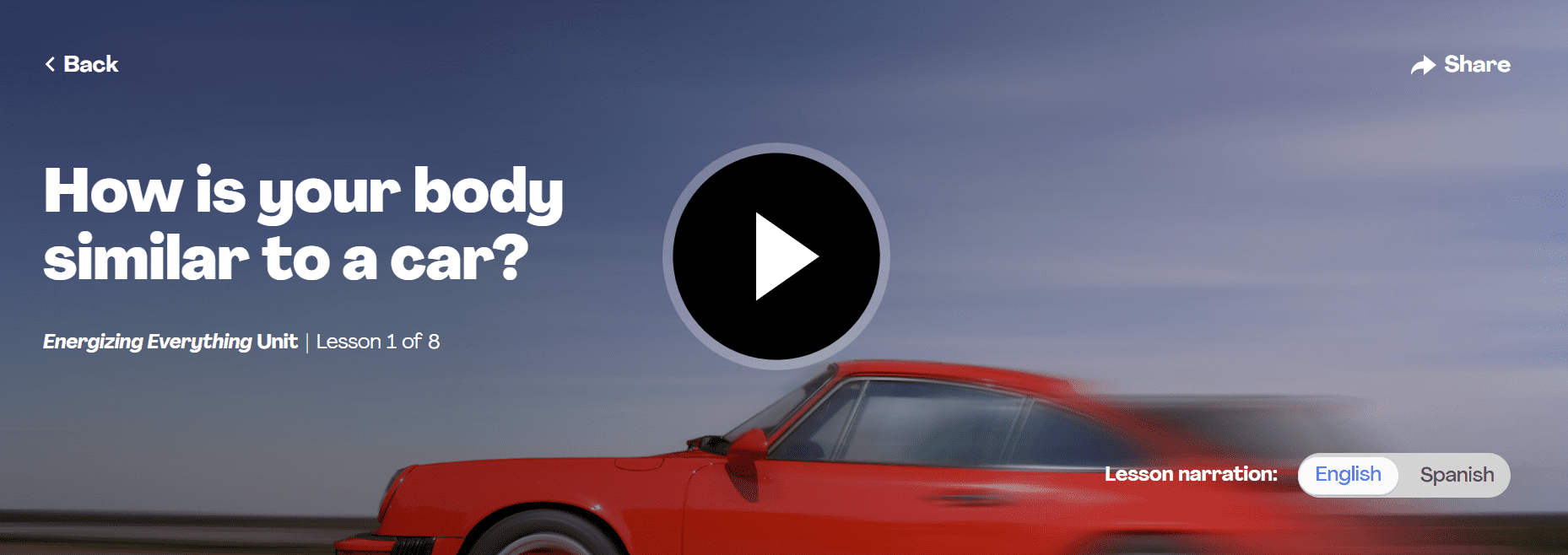
Just as we source our energy from food, cars source theirs from gasoline. Further, demonstrate how energy is stored and released with the help of simple materials such as rubber bands.
Learn more: How Your Body is Similar to a Car
8. Discover Newton's Law
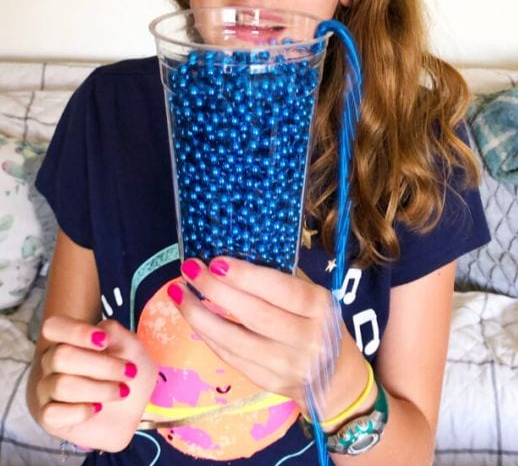
With the aid of a string of beads, highlight Newton's Law of Gravity as the beads are tugged ever so slightly and then begin to fall from the cup.
Learn more: Discover Newton's Law
9. Egg Drop

Students are encouraged to source material from home that they will use to create a protective barrier for their egg before dropping it to measure the effectiveness of their contraption in preventing their egg from cracking.
Learn more: Egg Drop
10. Static Electricity Science
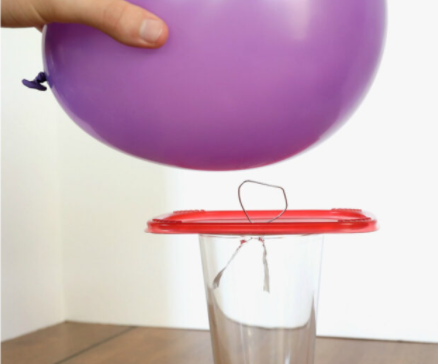
Discover the science of static electricity in a fun way by building an electroscope to demonstrate the forces of attraction and repulsion!
Learn more: Static Electricity Science
11. Demonstrate Water Erosion

This hands-on, ocean science project is perfect for teaching students about coastal erosion and requires the use of simple materials such as a dish, sand, plastic bottle, stones, and water.
Learn more: Demonstrate Water Erosion
12. Milk Plastic

This unique experiment can lead to hours of crafting fun as 4th grade students learn how to create plastic from milk!
Learn more: Milk Plastic
13. Salt Water Density Experiment

The properties of water and density are highlighted in this science project as children discover that saltwater is denser than normal water.
Learn more: Salt Water Density Experiment
14. Make Unstoppable Bubbles

By combining the traditional soapy bubble mixture with glycerin, students learn about how the original mixture evaporates from stronger bubbles.
Learn more: Make Unpoppable Bubbles
15. Discover More about Blood Components

Biology is an important component of life but should be approached in a fun and simplified manner when working with 4th graders. Discover more about blood components by crafting "blood" model jars!
Learn more: Discover More about Blood Components
16. Could Dominoes knock a Building Over

Discover the effects of chain reactions with the help of this easy science fair project idea before posing the question of whether or not dominos could knock down a building!
Learn more: Could Dominos Knock a Building Over
17. How Neon Signs Work

By making use of a small gas tube in this cool experiment, 4th graders will be intrigued to learn about how neon signs work.
Learn more: How Neon Signs Work
18. Anemometer
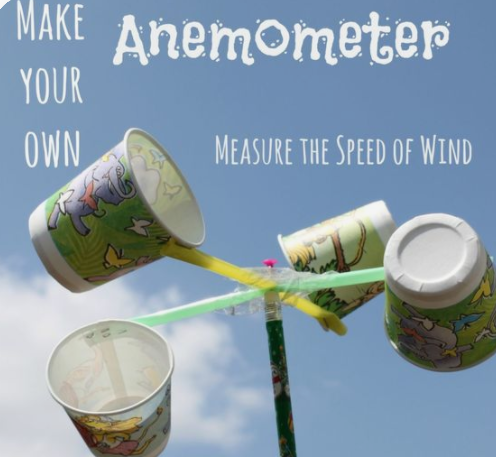
Discover wind speed with the help of your very own anemometer! Simple earth science is unveiled with the help of a simple garden contraption made from paper cups, straws, tape, a pencil, and a thumbtack.
Learn more: Anemometer
19. Make Recycled Paper
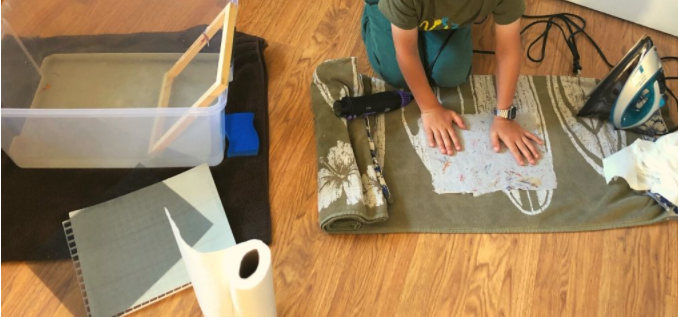
Although making recycled paper can at times be a process, it is extremely satisfying! Students watch how water is first absorbed by their shredded paper and then, towards the end of the process, how it is drained away- leaving a recycled piece of paper in its place.
Learn more: Make Recycled Paper
20. Nonrenewable Resources
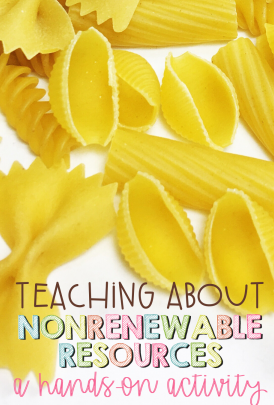
What better way to highlight the depletion of non-renewable resources, than by making use of noodle- mining in a competitive game or project! This hands-on activity is perfect for elementary-age students to use as an earth science project.
Learn more: Nonrenewable Resources
21. Balloon Rocket

This simple, yet fun, activity depicts Newton's law of motion perfectly. By using household materials students discover that for every action, there is an equal or opposite reaction.
Learn more: Balloon Rocket
22. Cloud Science
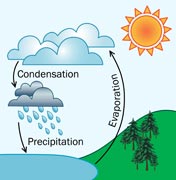
With the help of this exciting cloud science project, your 4th grad students will grasp the concept of the water cycle in no time! With the help of a paper cup, plastic zip-top bag, tape, and water students discover how water moves from the ground into the air, then forming clouds before falling back to earth as rain.
Learn more: Cloud Science
23. Blow up a Balloon with Vinegar and Baking Soda

Intrigue 4th grade science students with this experiment that sees balloons magically inflate when baking soda and vinegar combine and generate carbon dioxide.
Learn more: Blow up a Balloon with Vinegar and Baking Soda
24. Cellphone Projector
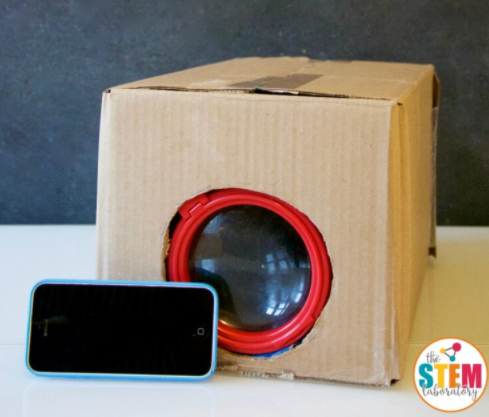
Not only is this a great science project, but most of the materials used are recycled materials. This simple project is perfect for teaching complex rules such as the refraction of light.
Learn more: Cellphone Projector
25. Create a working elevator

Students are encouraged to make use of various materials in order to create a working elevator that has a crank and is able to bear a load.
Learn more: Create a Working Elevator
26. Ocean current simulator
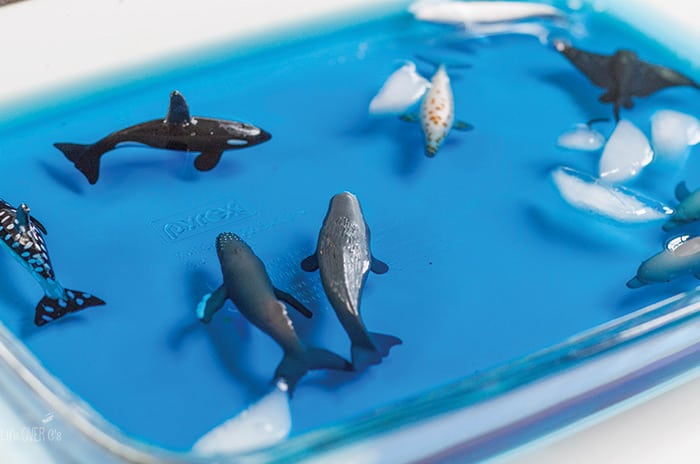
By making use of water, food coloring, an empty dish, and plastic sea creatures, students learn how ocean currents are formed in this simple science project.
Learn more: Ocean Current Simulator
27. Bacteria grower

A simple Agar solution, that has been set in various Petri dishes, is the perfect breeding ground for bacteria. Swab items that the students use on a daily basis and wipe the swab's on the dishes, then leaving them covered in order to grow and visually depict that bacteria are hiding all around us.
Learn more: Bacteria Grower
28. Wiggle Bot
Craft your very own Wigglebot! Using simple tools and supplies, 4th graders have the opportunity to work with potential energy in a fun manner!
Learn more: Wiggle Bot
29. Crystal names

Make science fun as students grow an edible, crystalized version of their names on pipe cleaners! This is just one of the many edible science projects out there for kids so be sure to get creative and see what you can make!
Learn more: Crystal Names
30. Capillary Action
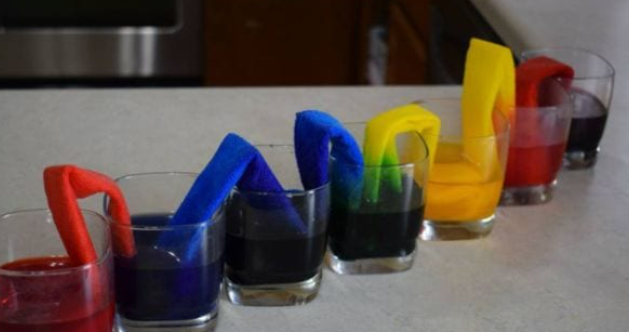
Teach the concept of capillary action with this spectacular rainbow glass display! This is a fantastic opportunity for students to learn about color mixing and how water travels.
Learn more: Capillary Action
31. Design a Working Lung Model

Explore more about the natural phenomenon of breath with this cool project. Design a working lung model using a plastic bottle, straws, balloons, sticky tape, and scissors.
Learn more: Kiwi Co
32. Make It Glow
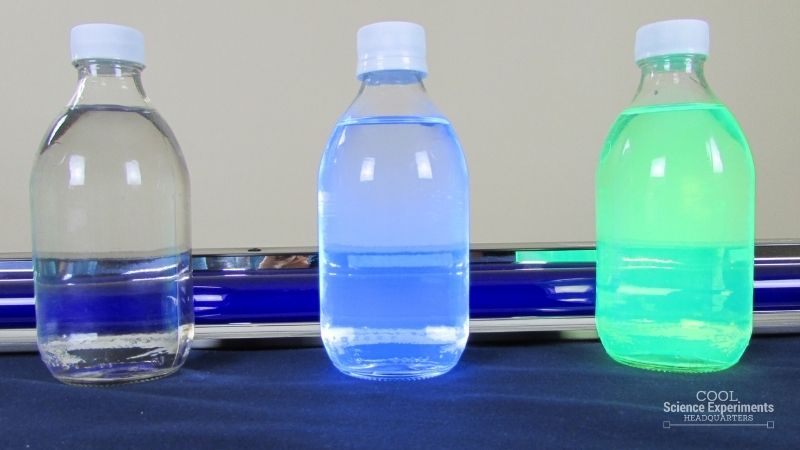
Discover which water mixture will glow using black light to test regular water with highlighter dye, tonic water, and tap water.
Learn more: Cool Science Experiments HQ
33. Explore Tooth Decay
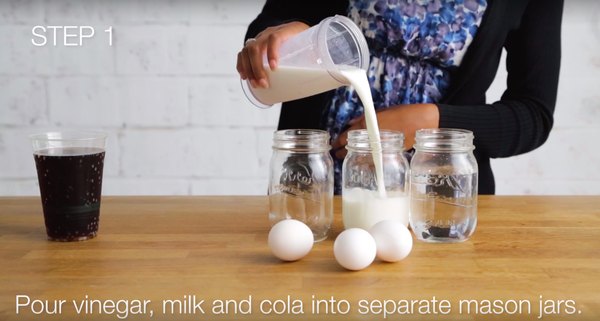
Learn about tooth decay using eggs and an assortment of drinks such as sugar water, soda, and milk. This project is wonderful for visually illustrating the effects of sugar products on teeth.
Learn more: Sciencing
34. Build a Hygrometer
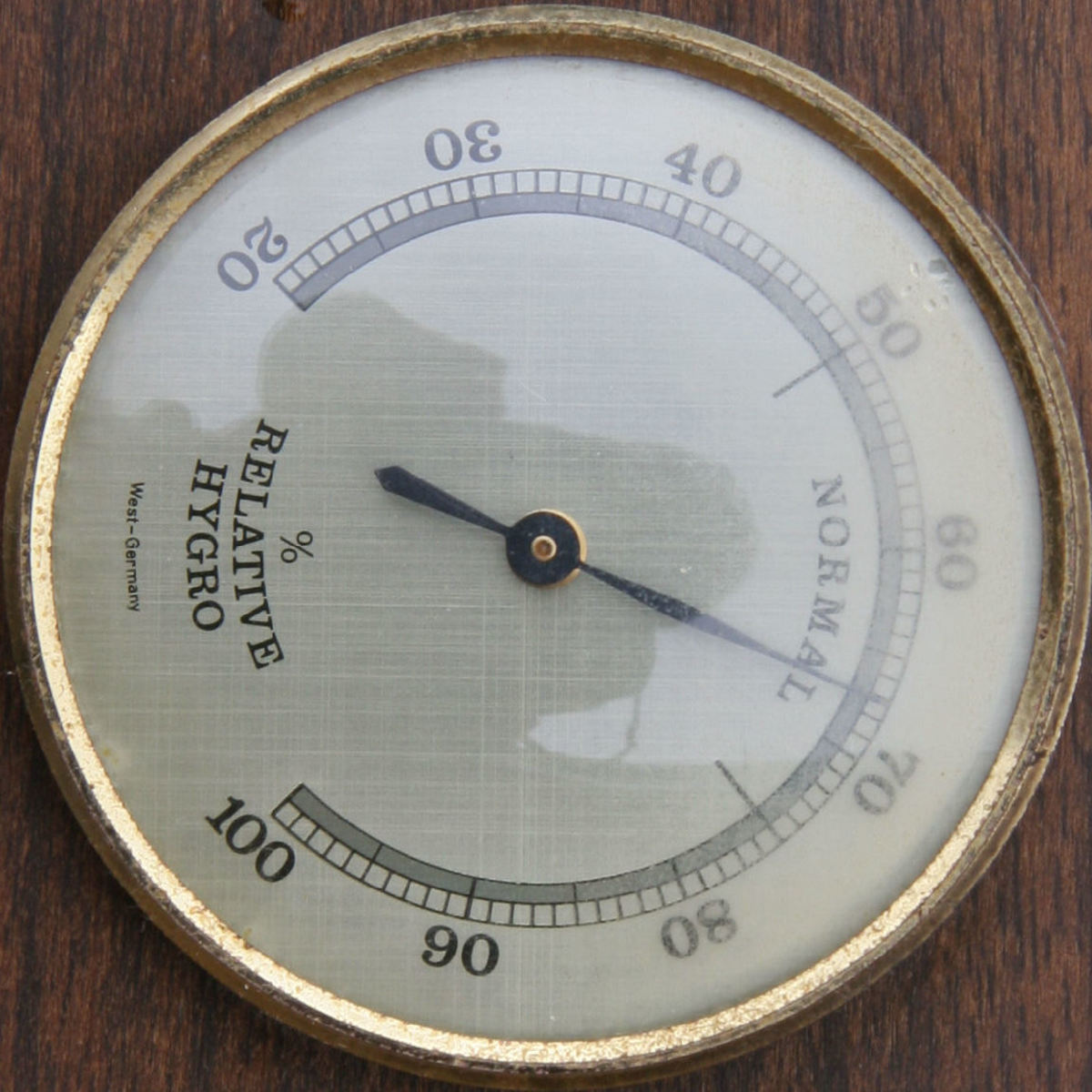
Measure humidity with the help of your very own hygrometer made from a piece of wood and plastic, nails, a dime, glue, tape, a hammer, and a pair of scissors.
Learn more: We Have Kids
35. Discover Osmosis
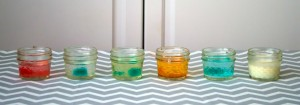
Learn about osmosis with the help of this fun and colorful gummy bear science project!
Learn more: Homeschool
36. Rotting foods
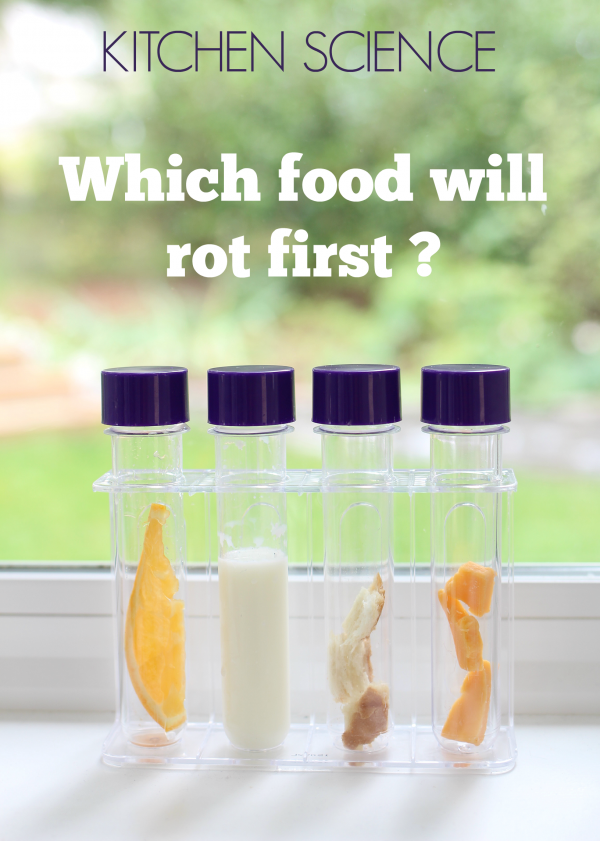
This experiment helps to develop thorough observation skills. Reveal which, out of an assortment of foods, will be the first to rot and discover what accelerates the process.
Learn more: No Time for Flash Cards
37. Create a Sundial

Turn back time as you craft an old-fashioned mechanism that helped ancient civilizations such as the Egyptians, Mayans, and Babylonians tell the time.
Learn more: Explorable
38. Make a fossil
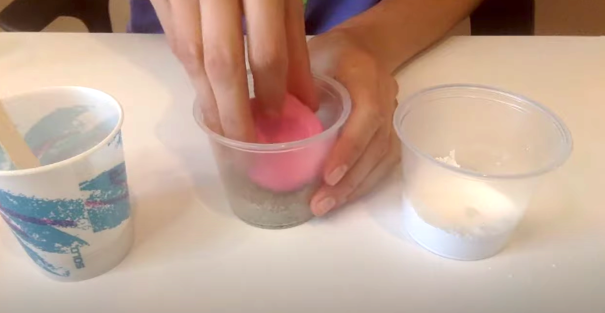
Learn how fossils are formed as you leave your mark in a plaster of Paris cast. Consider casting an imprint using a toy to make this activity even more fun!
Learn more: YouTube
39. Build a Rubber Band Guitar

Explore the science of sound as you build a rubber band guitar using a heap of rubber bands and other simple materials.
Learn more: 3m.com
40. Make a Water Microscope

Make a microscope to allow you to examine certain objects in greater detail. You'll need a piece of fuse wire, water and an assortment of objects to look analyze.
Learn more: Science Kids
The activities we've provided are perfectly adaptable and may be employed in individual, pair, or group settings. Be inspired to design creative classes with the help of our comprehensive list of science projects above. We strive to make learning fun whilst still highlighting the key concepts of science in a simplified manner.
Frequently Asked Questions
Why is science important for 4th graders?
Science-based learning at an elementary level introduces students to a STEM-based classroom focus and opens them up to STEM-related careers at a young age. Students discover key concepts about the world around them- unveiling properties of water, electrical currents, animals, ocean currents and so much more along the way!
carpenterthisidiever1981.blogspot.com
Source: https://www.teachingexpertise.com/classroom-ideas/4th-grade-science-projects/
0 Response to "Easy 4th Grade Science Fair Project Ideas"
Enviar um comentário